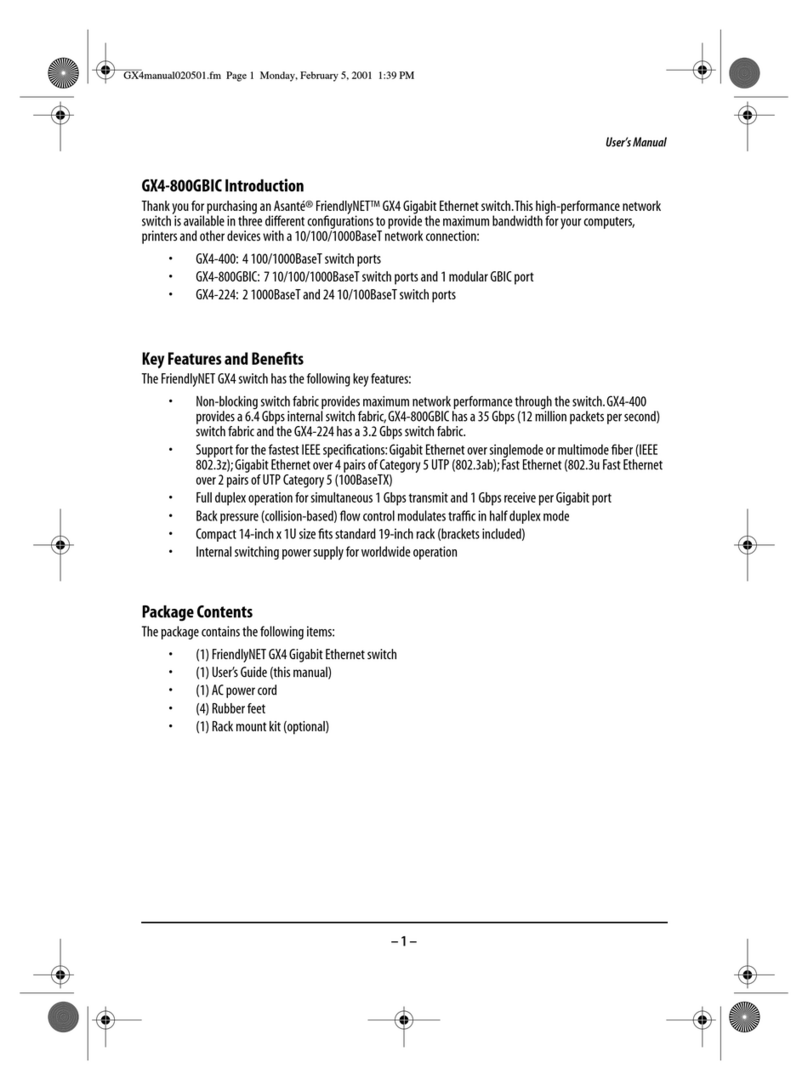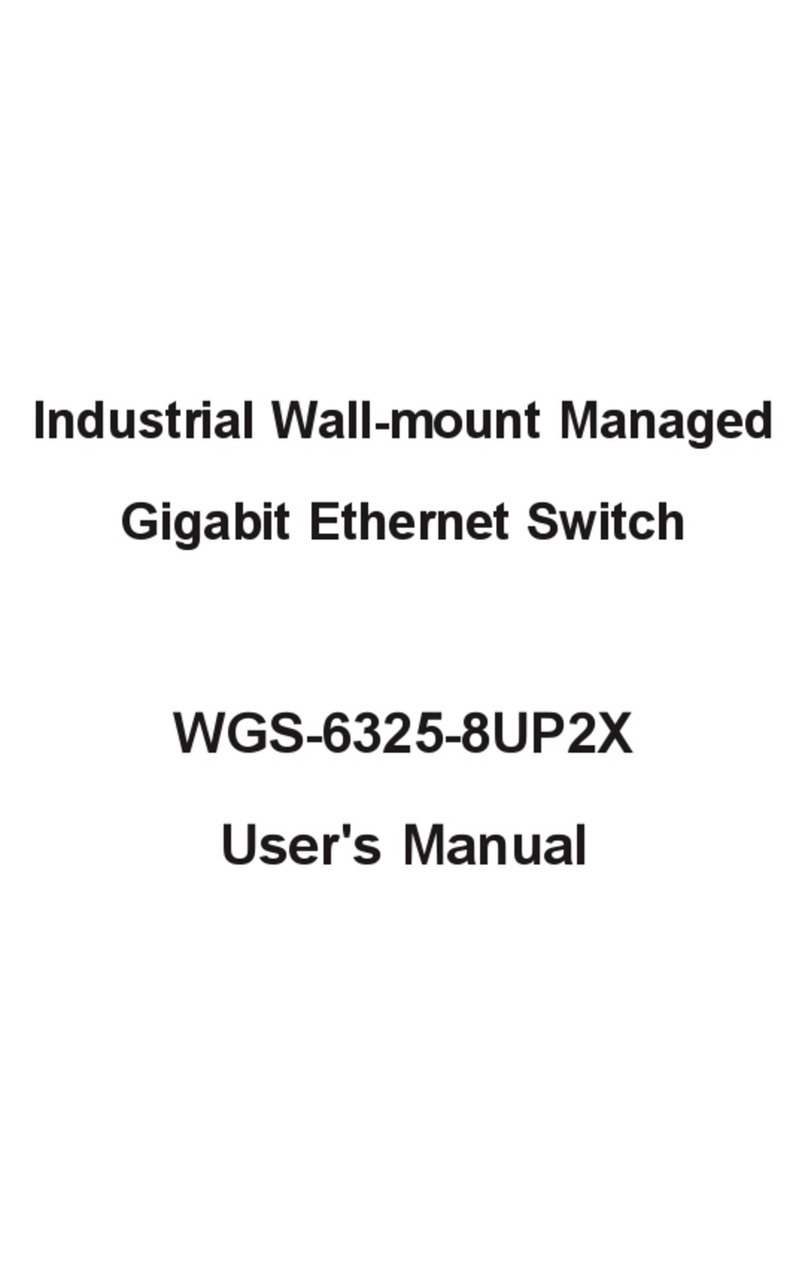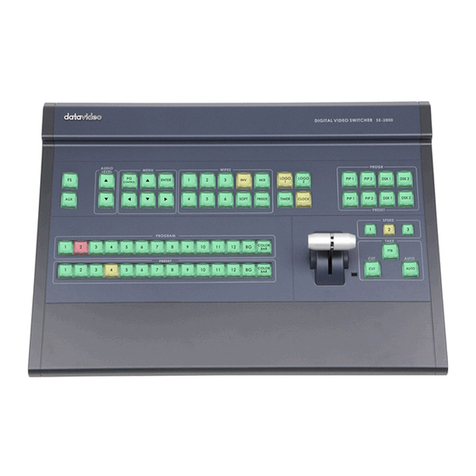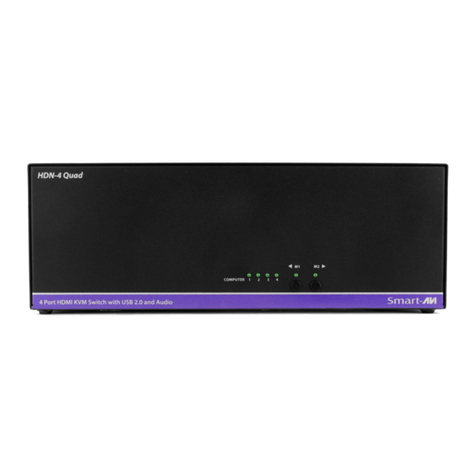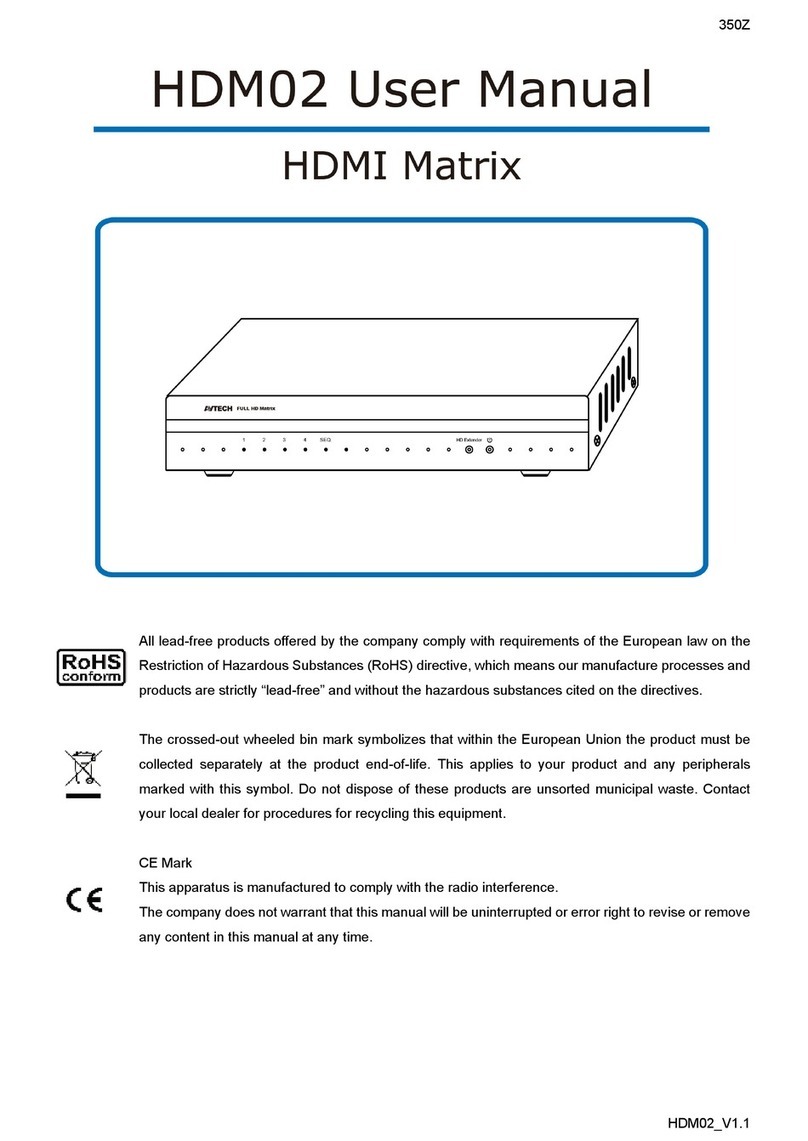Hisselektronik Safeline 2000 Light User manual

- 1 -
Manual for
Programmering
Safeline 2000 Light
Hisselektronik AB www.hisselektronik.se
Ver 1.2
Eng

- 2 -
Assembly instructions
The telephone is a two-part unit, the main unit and the Speaker unit.
The main unit is to be mounted on the wall in the lift machine room.
The speaker unit is to be mounted on either the lift car wall or ceiling.
It is also possible to mount the main unit on the lift car roof, but it is than required to place the
telephone line in a separate carcable.
The alarm signal switch can be changed between NO (normally-open)/NC (normally-closed).
The delay time, when the alarm signal switch is pushed, is adjustable 2-15 seconds.
Transmission is done by a relay contact that can be changed between
normally-open/normally-closed.
An separate input is dedicated for battery alarm from an external battery alarm contact
The contact must be NO (normally open).
Mount the speaker unit in the lift car, either on the wall or the ceiling.
To connect the speaker unit, 4-parts in the lift car cable are needed.
The speaker unit can always be connected to existing lift car cable since it is galvanically separated
from the (PSTN) telephone network.
The telephone is using S.K. P100 and CPC protocol for communication with the operator that
receives the alarm.
S.K. P100 and CPC protocol is the most frequent alarm protocol in Scandinavia,
and it is also used in our own alarm reciever equipment.
Check that the alarm-receiving operator has a receiver fitted for P100/CPC protocol,
voice call, if you plan to use this protocol.
Mic/loudspeaker unit:
The unit has an automatic test that checks the function in the microphone/loudspeaker unit when
the unit is connected to power and is thereafter made every 24-hours.
It is now easy to check if the remote-part is correctly connected:
When power is connected the test is done, the LED-diod ”line” will after a few seconds indicate
with 5 green blinks if the remote unit is correctly connected or with 5 red blinks if connected
incorrectly.
The LED placed between the microphone and speaker indicates:
When blinking 1sec on 5sec off: mic/ loudspeaker is working.
If solid red light: a call is connected (line is busy).
Hisselektronik AB
Antennvägen10
13548 TYRESÖ
Tel. 08-4477932
Fax. 08-4477931

- 3 -
Hints:
When the alarm signal switch is activated the telephone will call up according to the chosen delay
time.
To do so, there must be a telephone number programmed and a telephone line connected.
When the telephone starts calling, the alarm signal bell ceases and the connection sound is clearly
heard in the speaker unit.
Adjust the volume with the volume control in the Main unit.
The first two telephone numbers (primary and secondary) are pre-programmed for P100. There
must be an 8-figure alarm code programmed to make the P100/CPC alarm work. The last two
telephone numbers (third and forth) are programmed for vocal connection. Vocal connection means
a standard telephone call.
The receiving party does not have to do anything to get a vocal connection it is automatically done.
To disconnect a vocal connection the receiving party should press "9" or "#" otherwise the line will
be busy about 90 seconds after completion of the call.
To call the lift telephone just call the connecting telephone number. The telephone will after 2
signals automatically connect the call.
Disconnect after completion of the call by pressing "9" or "#".
To call the lift telephone, if they are connected in series
The telephones must be programmed with different unit numbers (see programming). When calling
to the lift telephone it will answer after 2 signals, chose the unit number that corresponds to the
telephone you want to call.
Ex: You want to talk to unit number 3.
Call the telephone number and, when the telephone answers, press "3" repeatedly on your
dialtone telephone or mobile telephone, until you hear 2 distinctive calling tones the call is then
connected to the right telephone.
Disconnect after completion of the call by pressing "9" or "#".
One of the 4 programmed telephone numbers could be to a beeper.
The telephone can be programmed to leave a digital code to the beeper.
To make it work the alarm type must be changed to "MINICALL".
If it does not work, check:
Is there a connection? -The diode lamp "LINE" should not be red.
Is there power? -The diode lamp ”POWER” should glow/blink red or green.
Is remote unit connected right? - Check the connection (Note the crossed connections!).
If you connect it via modular plugs - Check that incoming line is connected on the 2 inner pins.
Is there any telephone number programmed? - Check with the hand unit.
Is there any alarm code programmed? - Check with the hand unit.
Is it calling the right number? - Check by calling on a regular phone.
Has the alarm-receiving operator the right equipment? - Check with the operator.
Hisselektronik AB
Antennvägen 10
13548 TYRESÖ
Tel. 08-4477932
Fax. 08-4477931

- 4 -
Programming:
To program the telephone a programming unit HT99-H is needed.
It is also possible to program the telephone by using a dialtone telephone.
Programming with Safeline Hand Unit
It is possible to register all alarm codes and telephone numbers before programming the telephone. The hand unit is
battery powered and saves all codes and numbers in the memory, even if the power is turned off or the battery is
changed.
Turn on the power on the hand unit than follow the steps below.
Step by step… The display shows: Explanation: Next to do: Tip:
Turn on the
power
Handunit for
Safeline 1000/2000
-----------------
Version 1.15
After 3 seconds
Comes the next text
Step 2:
_
ALARM CODE 1 =
#=NEXT D=HELP
Write the 8-digits P100 alarm-code given to you by your
alarm-receiving operator.
This is the "Primary code"
This code to be used for lift alarm.
Press ”#” to go to next text
Step 3:
_
ALARM CODE 2 =
#=NEXT D=HELP
Write the second 8-digits P100 alarm-code given to you
by your alarm-receiving operator.
This is the "Secondary code"
This code to be used for battery alarm.
Press ”#” to go to next text
If you anytime between all
steps press "C" you will
continue directly to Step15.
Step 4:
_
TEL.NUMBER 1 =
#=NEXT D=HELP
Write the 1:st telephone number you want to call in case
of emergency alarm.
Press ”#” to go to next text
All telephone numbers can
be 16 digits long. A "*"
means 1 second pause.
That can be useful when
calling through a
switchboard.
Step 5:
_
TEL.NUMBER 2 =
#=NEXT D=HELP
Write the 2:nd telephone number you want to call in case
of emergency alarm. Press ”#” to go to next text
Telephone number 1 and 2
are normally P100-
numbers. To change Alarm
type press "B".
Step 6:
_
TEL.NUMBER 3 =
#=NEXT D=HELP
Write the 3:rd telephone number you want to call in case
of emergency alarm. Press ”#” to go to next text
Telephone number 3 and 4
are normally voice
connection. To change
Alarm type press "B".
Step 7:
_
TEL.NUMBER 4 =
#=NEXT D=HELP
Write the 4:th telephone number you want to call in case
of emergency alarm. Press ”#” to go to next text
Telephone number 3 and 4
are normally voice
connection. To change
Alarm type press "B".
Step 8:
_
TEL.CODE TO
MINICALL
#=NEXT D=HELP
Write the code that is to be sent to a beeper.
Press ”#” to go to next text
This code will show on the
beeper's display.
Step 9:
_
TESTALARM/STATUS
TEL. NUMBER.
#=NEXT D=HELP
Write the telephone number that will receive test alarm
and status report.
Press ”#” to go to next text
If no telephone number is
given, there will be no test
alarm sent
Step 10:
_
DAYS BETWEEN
TEST ALARM
#=NEXT D=HELP
Write amount of days between test alarms.
It could be 1-99 days.
Press ”#” to go to next text
If the value is set to "0" no
test alarm will be sent
Steg 10B:
CALLTONES
BEFORE ANSWER
#=NEXT D=HELP
Write number of calltones before telephone answers
00-16 is accepted by telephone,
2 digits must always be written.
Press ”#” to go to next text
If it is set to ”00”
The telephone will never
answer.
Step 11:
_
SUPERV. ALARM
TEL. NUMBER.
#=NEXT D=HELP
Write the telephone number that will receive the
supervision alarm Press ”#” to go to next text
Breakdown alarm can only
be sent if there is a special
Breakdown alarm card
mounted in the unit *
Step 12:
_
BATTERY ALARM
TEL. NUMBER.
#=NEXT D=HELP
Write the telephone number that will receive the battery
alarm. The battery condition is check once per week. It is
done by discharging the battery and measures the battery
voltage.
Press ”#” to go to next text
The battery alarm sends the
secondary alarm-code as
identifier.
Step 13:
_
SET/CHANGE
PASSWORD
#=NEXT D=HELP
Write the password to be used when programming/
configuring from an external telephone or with our PC-
software * Press ”#” to go to next text
A maximum of 9
telephones can be coupled
on the same line with
"cascade connections".
Step 14:
_
SET/CHANGE
UNIT ADDRESS
#=NEXT D=HELP
Write the address to the telephone in question, if you
connect more than one telephone on the same line. Press ”#” to go to next text
A maximum of 9
telephones can be coupled
on the same line with
"cascade connections".
Step 15:
SEND ALL
CHANGES TO
SAFELINE ?
A=YES B=NO
Press "A" to send all changes to the telephone.
Press "B" to save everything in the hand unit.
The cable should be
connected to the telephone
when the changes are sent.
Step 16:
<--------------------------->
FINISHED !
POWER OFF AND
DISCONNECT CABLE
Turn off the power and disconnect the cable.
After about 8 seconds the
text will start from Step1.

Sid.5
Example on how to simplify the programming:
On recurrence programming only the alarm-codes need to be changed.
If battery alarm is not used, only alarm-code 1 is needed.
Step by step… The display shows: Explanation: Next to do: Tip:
Turn on the power
Handunit for
Safeline 1000/2000
-----------------
Version 1.15
After about 3 seconds the next text will show.
Step 2:
_
ALARM CODE 1 =
#=NEXT D=HELP
Write the 8-digits P100 alarm-code given to you by your
alarm-receiving operator.
This is the "Primary code".
This code to be used for lift alarm.
Press ”#” to go to next text
Step 3:
_
ALARM CODE 2 =
#=NEXT D=HELP
Write the second 8-digits P100 alarm-code given to you by
your alarm-receiving operator.
This is the "Secondary code".
This code to be used for battery alarm.
Press ”C" to finish the
programming.
The cable need to be
connected only when the
changes are sent.
Step 15:
SEND ALL
CHANGES TO
SAFELINE ?
A=YES B=NO
Press "A" to send all changes to the telephone.
The cable need to be
connected only when the
changes are sent.
Step 16:
<--------------------------->
FINISHED !
POWER OFF AND
DISCONNECT CABLE
Turn off the power and disconnect the cable.
After about 8 seconds the text
will start from Step 1.
To set the internal memory to zero
Step by step… The display shows: Explanation: Next to do: Tip:
Turn on the power
Handunit for
Safeline 1000/2000
-----------------
Version 1.15
Press ”D” within 3 seconds.
The display will
automatically show
Initialising
The internal memory is set to zero.
This will automatically
take you to Step 2.
To read all codes and telephone number from an existing telephone:
Step by step… The display shows: Explanation: Next to do: Tip:
Turn on the power
Handunit for
Safeline 1000/2000
-----------------
Version 1.15
Press ”C” within 3 seconds.
The cable has to be connected to
read the telephone.
The display will
automatically show
****************
Reading from
Safeline
****************
All codes and telephone number are read from the telephone
This will automatically
take you to Step 2
Now you can go through and
check/change all codes and
telephone numbers.
To change alarm types: Follow the programming to Step 4
Step by step… The display shows: Explanation: Next to do: Tip:
Step 4:
_
TEL.NUMBER 1 =
#=NEXT D=HELP
Press ”B” to change alarm type.
P100 -- to call alarm receiver operator.
VOICE -- to call a standard telephone.
MINICALL -- to call to leave a code to a beeper.
Press ”#” to go to next text
Step 5 - 7:
Repeat all as above.
Press ”#” to go to next text Press ”#” to read out active
alarm type, press “#” again to
change alarm type.
To save press ”#”.

Sid.6
Safeline 2000-Light:
Programming from a dialtone telephone:
It is possible to program the telephone by calling to it. By using different dialtone commands it is possible
to program all codes and telephone numbers to the telephone.
This is how to do it:
If only one telephone is connected to the line:
1: Call the lift telephone. It will answer with 3 tones after 2 signals
(this is standard but can be changed to 0-16 signals)
If more then one telephone are connected to the line:
1: Call the alarm telephone. After 2 signals the telephone will answer
(always 2 signals when more than one connected lift telephone)
To get to e.g. telephone number 3, press "3" repeatedly until 3 distinctly signals are heard and the connection is made.
2: Dial "00", the lift telephone will answer with "OK" (2 short signals) or "Wrong" (1 long signal).
3: Dial the password - * XXXX # where XXXX stands for the password. The default password is "0000".
The lift telephone answers with "OK" (2 short signals) or "Wrong" (1 long signal).
4: Change codes and/or telephone numbers according to the below table.
There is a time span of 5 seconds between the digits, after that time there will be a "Wrong" signal and the registration has
to start all over again.
After 30 seconds without activity the lift telephone will disconnect the call.
5: After a successful registering the code/telephone number will be saved.
If there is a "Wrong" signal or if the call is disconnected, all successful registering are saved.
6: Always discontinue the call: *00*#
Codes:
Function in alarm telephone: Code Write telephone number/code before start Note:
P100 Primary number *01* _____________________# Always 8 digits
P100 Secondary number *02* _____________________# Always 8 digits
Primary number *11* _____________________# 0-16 digits
Secondary number *12* _____________________# 0-16 digits
Third number *13* _____________________# 0-16 digits
Forth number *14* _____________________# 0-16 digits
Battery alarm number *15* _____________________# 0-16 digits
Breakdown alarm number *16* _____________________# 0-16 digits
Test alarm number *17* _____________________# 0-16 digits
Alarm type Primary number *21* _____________________# 0=P100, 1=Voice,
2=Beeper 3=CPC
Alarm type Secondary number *22* _____________________# -’’-
Alarm type Third number *23* _____________________# -’’-
Alarm type Forth number *24* _____________________# -’’-
Code to beeper *25* _____________________# 0-16 digits
Days between test alarm *27* _____________________# 00-99 accepted
Number of ring signals *81* _____________________# 01-16 accepted
Unit number *82* _____________________# 0-9 accepted
Dialtone detektion ON *83*1# Dialtone detection is on (normal) 1=ON
Dialtone detektion OFF *83*0# Turn off the dialtone detection.
This is only needed if the telephone is
having problem detecting the dialtone.
(Some non-Scandinavian PSTN provider)
0=OFF
Password *91* _____________________# Always 4 digits
Discontinue the programming *00* *00*# No digits after the code

Sid.7
Example on common alarm telephone settings
To register a P100 code. 11335588
Primary number to custodian (voice call). 046-443322
Secondary number to alarm alarm-receiving operator. 031-223344
If only one telephone is connected to the line:
1: Call the alarm telephone. It will answer after 3 distinctive tones after 2 ring signals (can be changed to 0-16
signals).
If more than one telephone is connected to the line:
1: Call the lift telephone. After 2 signals the telephone will answer
(always 2 signals when more than one connected alarm telephone).
To get to i.e. telephone number 3, repeatedly press "3" until 3 distinctly signals are heard and the connection is
made.
2: Dial "00", the lift telephone will answer with "OK" (2 short signals) or "Wrong" (1 long signal).
3: Dial the password - * XXXX # where X stands for the password. The default password is "0000".
The lift telephone answers with "OK" (2 short signals) or "Wrong" (1 long signal).
The lift telephone answers with "OK".
4: Dial *01*11335588# to register the P-100 code. The lift telephone answers with "OK".
5: Dial *11*046443322# to register the Primary number. The lift telephone answers with "OK".
6: Dial *12*031223344# to register the Secondary number. The lift telephone answers with "OK".
7: Dial *21*1# to change the alarm type on the primary number to "Voice". The lift telephone answers with
"OK".
7: Dial *00*# to discontinue programming. The lift telephone answers with "OK".
The telephone is now ready to be used with its new settings.
Hisselektronik AB
Antennvägen 10
13548 TYRESÖ
Tel. 08-4477932
Fax. 08-4477931


Popular Switch manuals by other brands
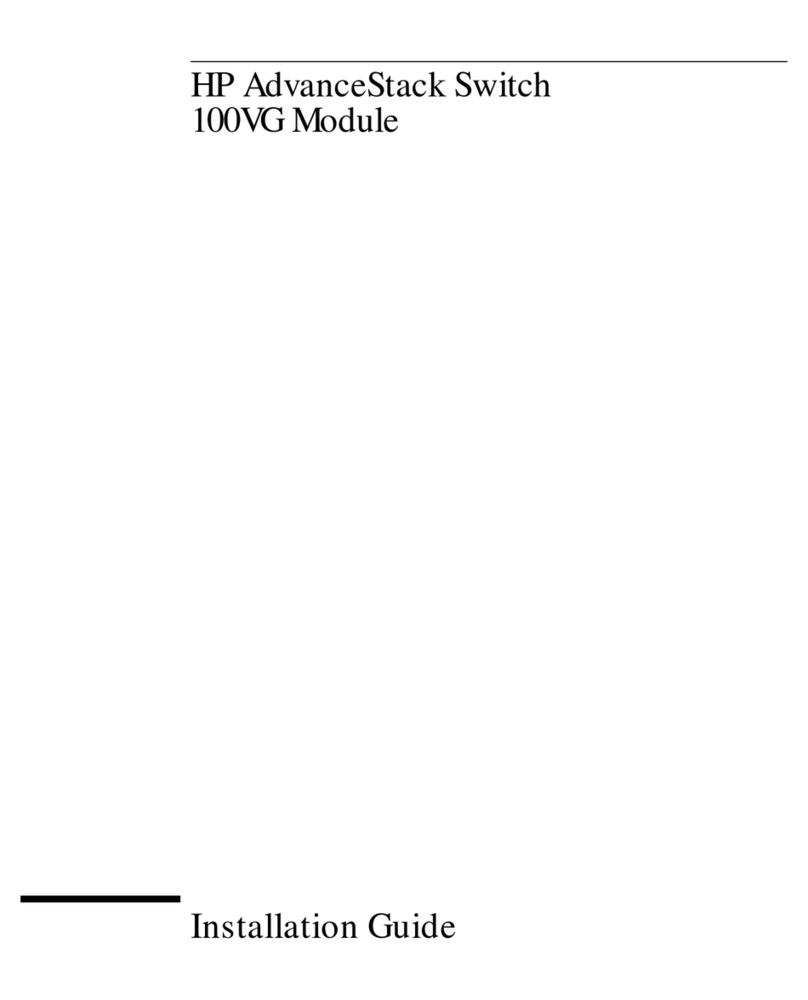
HP
HP AdvanceStack 100VG installation guide
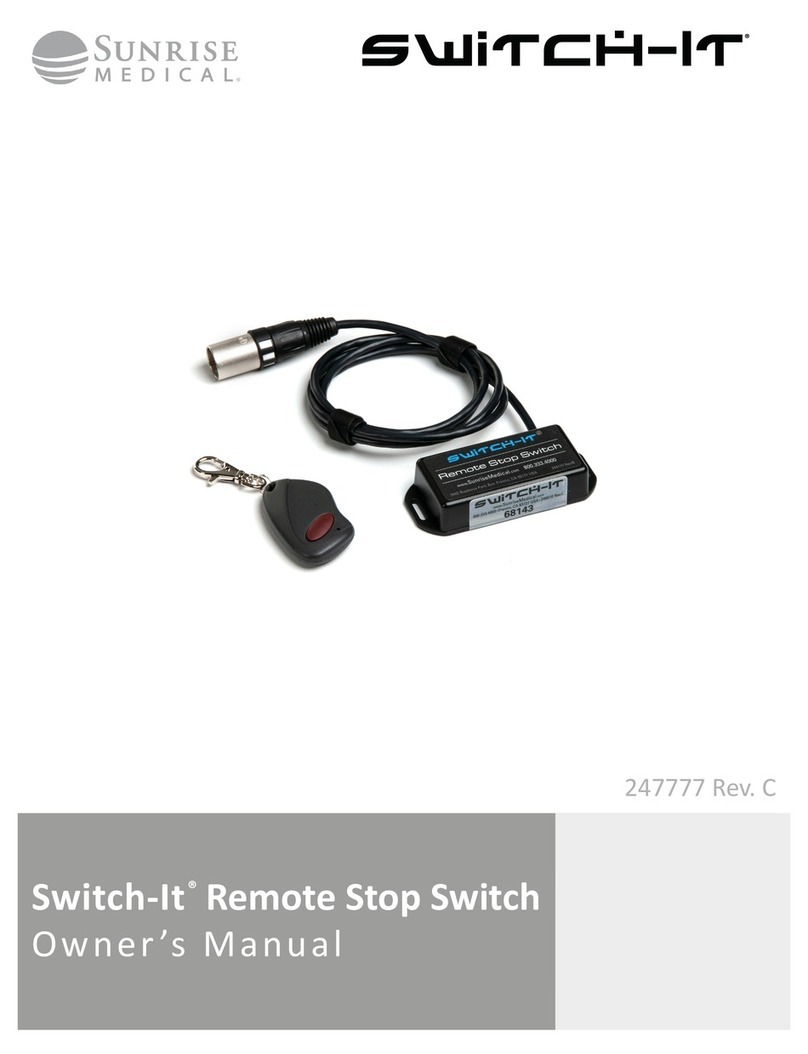
Sunrise Medical
Sunrise Medical SWITCH-IT 68143 owner's manual
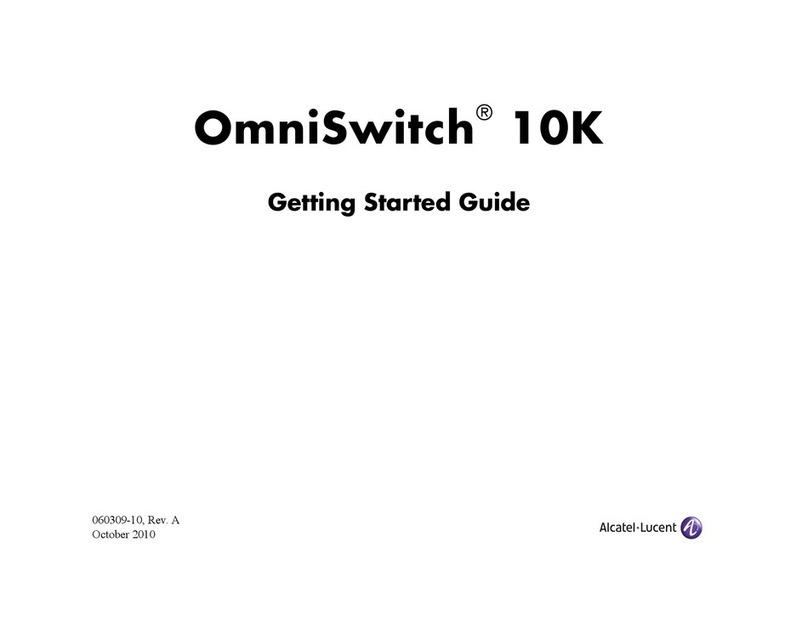
Alcatel-Lucent
Alcatel-Lucent OmniSwitch 10K Getting started guide

HP
HP 316095-B21 - StorageWorks Edge Switch 2/24 user guide
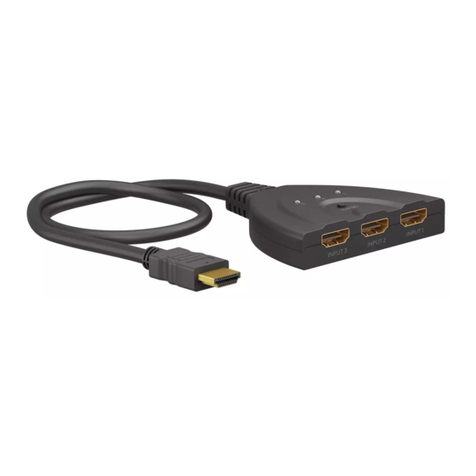
Goobay
Goobay 58487 manual
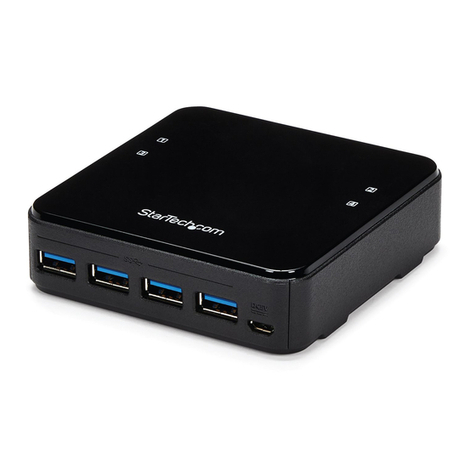
StarTech.com
StarTech.com HBS304A24A quick start guide
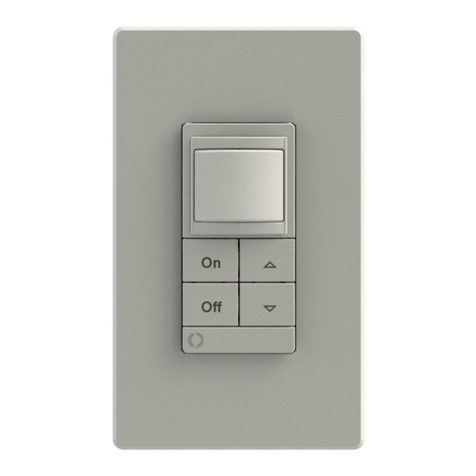
Sensor Switch
Sensor Switch JOT WSXA troubleshooting guide
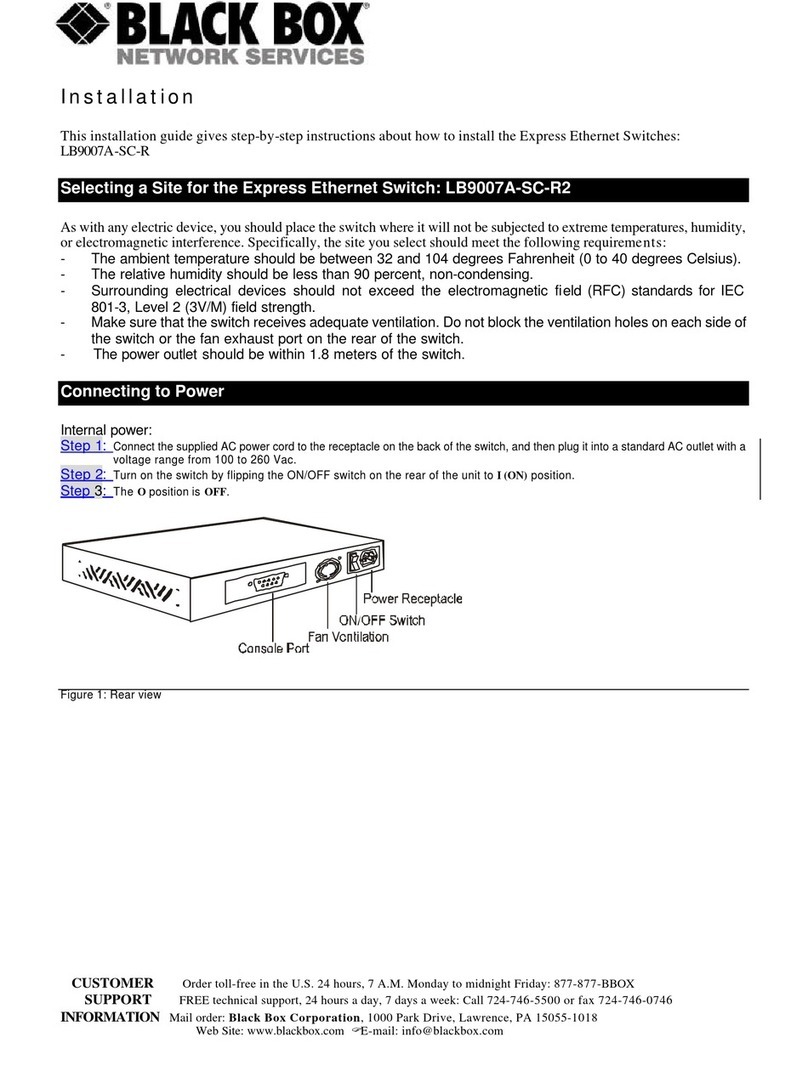
Black Box
Black Box LB9007A-SC-R Installation
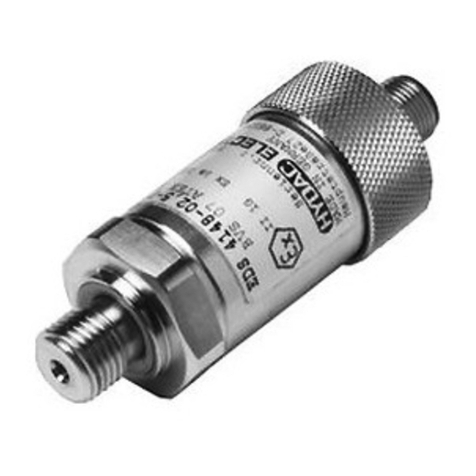
HYDACELECTRONIC
HYDACELECTRONIC EDS 4100 operating instructions

Smartswitch
Smartswitch CPWIFISW1 manual
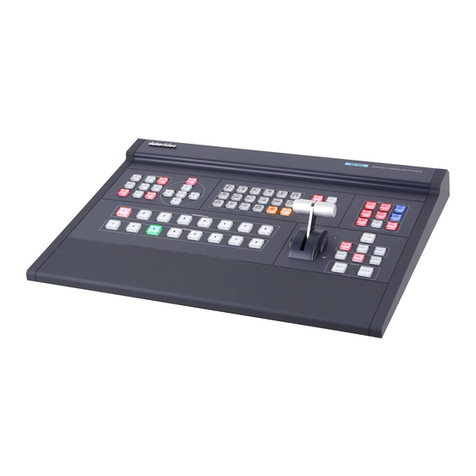
Data Video
Data Video SE-700 quick start guide
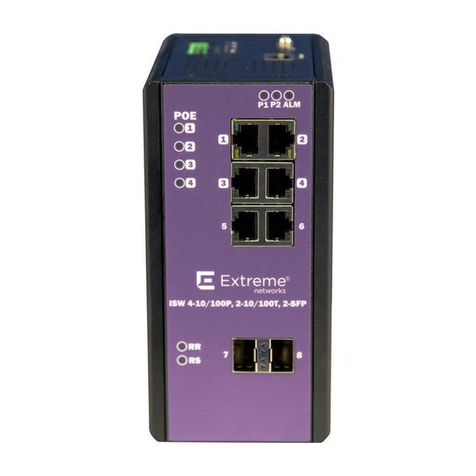
ExtremeSwitching
ExtremeSwitching ISW Series Hardware Installation & User Guide
